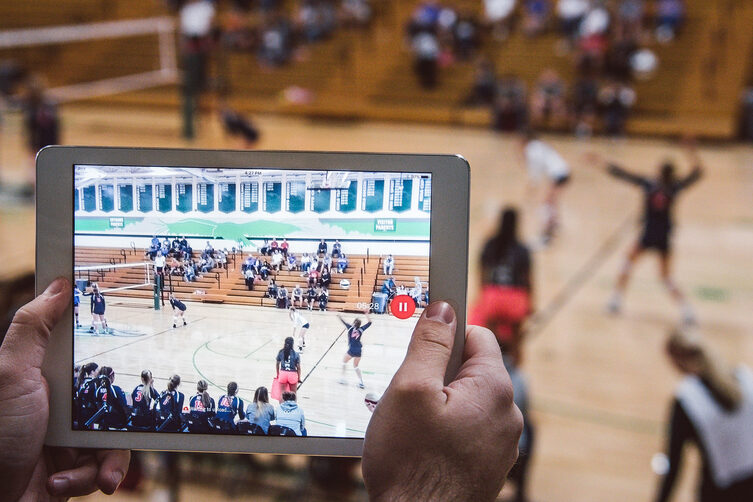NCAA Recruiting Rule Changes Make Video Even More Important

Now that recruiters can’t talk to your players until after June 15 of their sophomore year, they’ll need highlight reels more than ever.
If your top talent has a highlight reel, he or she can still get noticed.
- No communication can happen between a coach and athlete until after June 15 of their sophomore year.
- No visits or off-campus contact is allowed until August 1 of junior year.
- Student-athletes can’t accept verbal offers or commit until after June 15 of their sophomore year.
“It’s like anything, if you want a job, you got to go apply for it."
In our blog series with John Cook, head volleyball coach at the University of Nebraska–Lincoln, he equated getting recruited to a finding a job. “It’s like anything, if you want a job, you got to go apply for it,” Cook said. In the volleyball world, it’s important to start that application process way before you know where you’re going to send it.
So what’s this mean for your players? Depending on your age of athletes, there are different stages to focus on.
Elementary School
Even the youngest athletes benefit from video. Aside from what they can learn by watching their own performance, highlights will help them track their progress. Say you coach ten year olds. If they create a season highlight reel while they’re on your team, they can build on it every year they keep playing. By the time they hit middle school, they’ll literally be able to see how far they’ve come.
Middle School/Freshmen
Depending on their skill level, these athletes may already be thinking about playing in college. But it’s too early to be talking to those coaches. Instead they can concentrate on showing off their talent through highlights. Club tournaments are a perfect opportunity.
Have your players save one or two clips from every match as highlights. By the end of the tournament season, they’ll be super familiar with the highlight process—and maybe even on a college team’s radar.
Sophomores and Older
Now that they’re eligible to be recruited and talk to college teams, it’s time to kick it up a notch. A killer (and updated) highlight is just the first step. They need to learn how to contact colleges they’re interested in playing for. So share college coaches’ advice with your players.
“Tell us about yourself, who you play for, your travel schedule and how you did in the fall with your high school team,” University of West Alabama head coach Alexis Meeks said. “We love emails and encourage kids to follow schools they really like on social media. Best way to get information.”
No matter the age of your players, if they’re interested in eventually playing at the next level, they should create highlights to track and showcase their talent. Here’s how to get started.